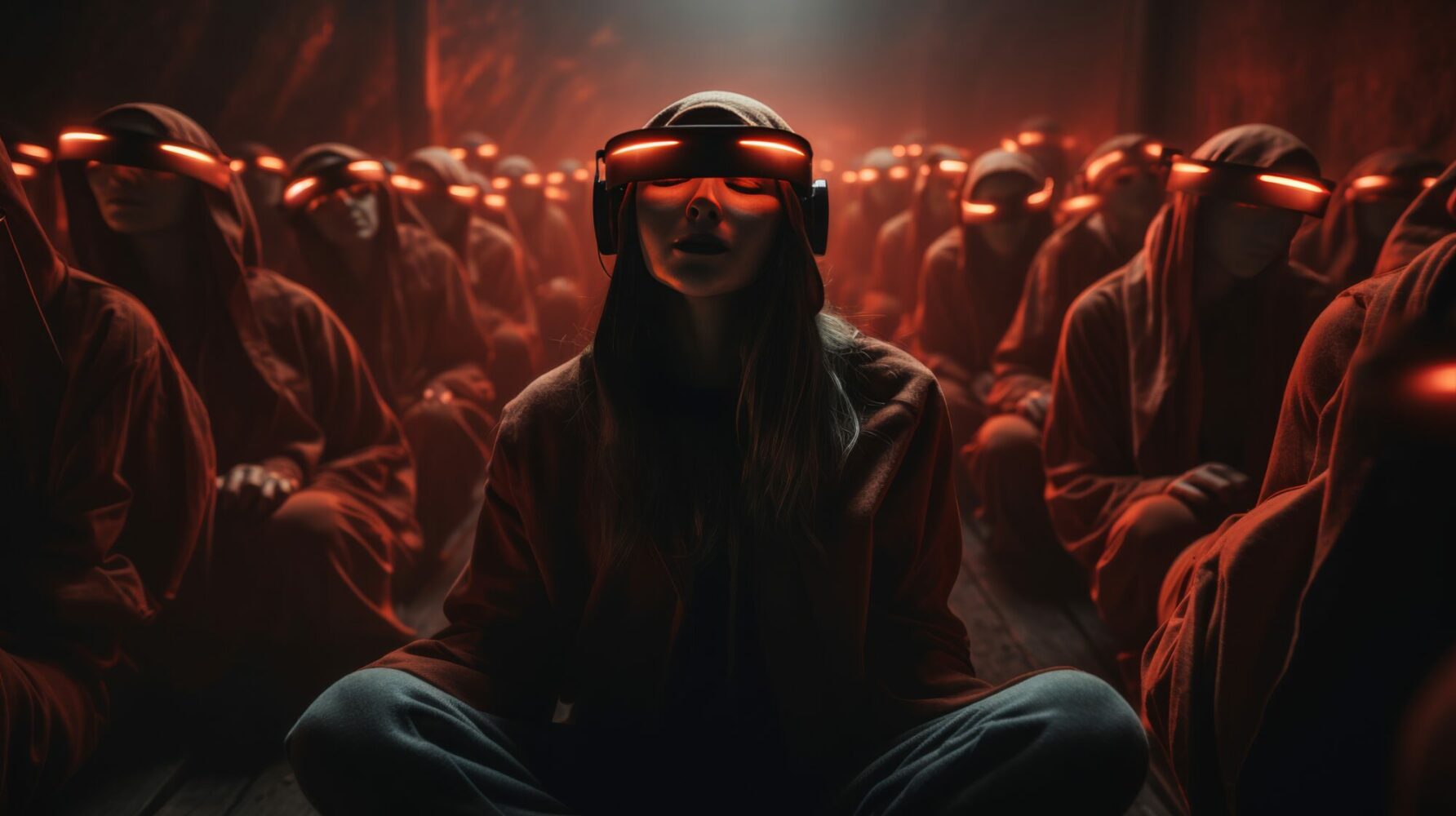Can VR and AR Deliver the Next Big Fad in Fashion?

An Unlikely Encounter
Imagine stepping into a world where the lines between reality and digital fantasy blur. A world where a simple headset can transport you to the front row of a fashion show in Dubai, showcasing the latest trends without leaving your living room. This isn’t a glimpse into a distant future; it’s the present, thanks to the wonders of Virtual Reality (VR) and Augmented Reality (AR).
Transforming the Runway
The modeling industry, always on the prowl for the next big thing, has embraced VR and AR with open arms. These technologies are not just altering the way we view fashion; they’re revolutionizing the design process, marketing strategies, and even how collections are sold. In a city known for its lavish lifestyle and cutting-edge technology, Dubai stands at the forefront of this digital revolution in fashion.
Consider the potential: a designer in Dubai sketches a breathtaking gown. This vision then comes to life not just on paper or in a workshop, but in a digital space accessible worldwide. Suddenly, the barrier between creator and consumer, designer and model, is not just crossed but erased.
For an in-depth exploration of how these digital realms are shaping the future of fashion, delve into metaverse fashion, where the possibilities are as limitless as the imagination of its creators.
A New Dimension of Accessibility
It’s not just about the glitz and glamour; it’s about breaking down barriers. VR and AR in the fashion industry democratize access to exclusive events, making the unreachable, reachable. Gone are the days when prestigious fashion shows in Dubai were reserved for a select few. Now, anyone with a VR headset can have a front-row experience, feeling the fabric’s texture and appreciating the intricate details of each piece as if they were physically present.
Engagement on Another Level
But the innovation doesn’t stop at viewing. Interactive AR apps allow users to try on clothes virtually, transforming their smartphone into a personal fitting room. This leap in technology is not just a novelty; it’s a powerful tool for brands to enhance customer engagement and satisfaction. Imagine flipping through a virtual catalog, selecting a dress, and seeing it on your reflection in your room. The potential for personalization and interaction is unprecedented.
Moreover, the feedback loop between designers and consumers becomes instant. Designers can gather real-time data on preferences and trends, allowing them to adjust their collections in ways that were previously unimaginable. This dynamic interaction paves the way for a more responsive and consumer-focused fashion industry, where trends are not just dictated but co-created.
The Future Is Sustainable
Amidst the digital transformation, there’s a growing emphasis on sustainability. The fashion industry, historically criticized for its environmental impact, is finding in VR and AR an ally for change. By reducing the need for physical samples and enabling virtual fittings, these technologies are significantly cutting down on waste and emissions. Dubai’s fashion scene, known for its opulence, is leading by example, showing that luxury and eco-consciousness can go hand in hand.
A Revolution Beyond the Runway
The implications of VR and AR extend beyond fashion shows and virtual try-ons. They’re reshaping the educational landscape for designers and models, offering immersive learning experiences that were previously out of reach. From virtual design classes to AR-powered modeling workshops, the potential for upskilling and cross-disciplinary collaboration is boundless.
As we stand at the cusp of this technological renaissance, one can’t help but wonder: What’s next? Will the integration of AI and machine learning bring about even more personalized and sustainable fashion solutions? The possibilities are as endless as the digital universe.
Embrace the Digital Couture
In a world where change is the only constant, embracing the digital revolution in fashion is not just an option; it’s a necessity. As VR and AR continue to blur the lines between the tangible and the virtual, one thing remains clear: The future of fashion is here, and it’s spectacularly innovative. Are we ready to step into this new era and redefine what it means to be fashionable?